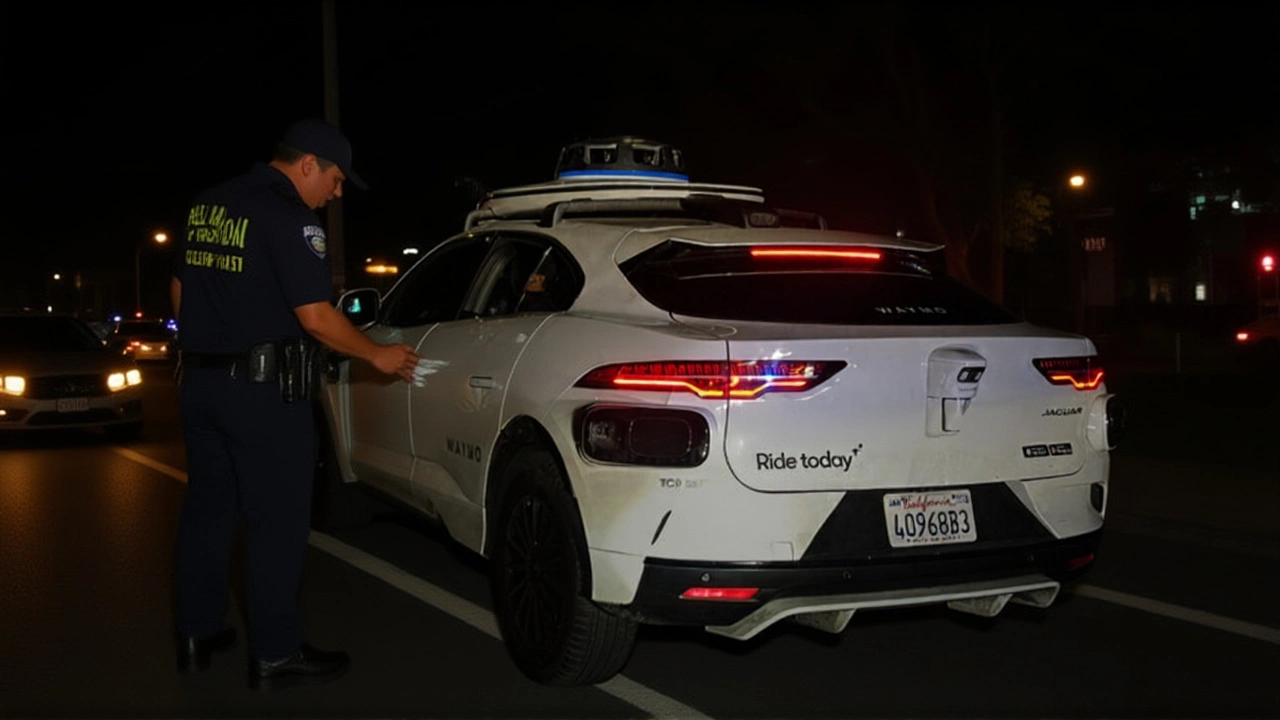Waymo – The Future of Autonomous Driving
When you hear Waymo, the pioneer behind commercial self‑driving cars, also known as Google’s self‑driving project, it’s a good idea to see the bigger picture. The broader category of autonomous vehicles, cars that navigate without human input is reshaping how we think about travel. At its core, Waymo depends on artificial intelligence, machine‑learning models that interpret sensor data in real time to make split‑second decisions.
Waymo’s technology stack isn’t just software; it’s a blend of hardware that includes high‑resolution lidar, radar, and camera arrays. Lidar sensors, often called the eyes of a self‑driving car, emit laser pulses to map the surroundings in 3‑D. This depth perception lets Waymo’s vehicles detect pedestrians, cyclists, and other obstacles even in low‑light conditions. Pairing lidar data with AI algorithms creates a feedback loop: the more the car drives, the smarter its models become.
Regulation, Safety, and Real‑World Deployments
One of the biggest hurdles for Waymo isn’t technology but the regulatory environment. Local and national laws determine where autonomous fleets can operate, what safety standards they must meet, and how liability is assigned after an incident. These rules directly influence Waymo’s ride‑hailing services, which aim to offer on‑demand trips without a human driver. When a city grants Waymo a permit, it signals confidence in the system’s safety record, encouraging more investors to fund further development.
Safety testing is another pillar of the Waymo story. Before any public launch, vehicles undergo millions of miles in simulated and real‑world conditions. Data from these tests feed back into the AI models, tightening error margins with each iteration. The result is a constantly improving fleet that can handle complex urban scenarios—from unexpected construction zones to erratic pedestrians.
Waymo also collaborates with automotive manufacturers to integrate its self‑driving stack into different vehicle platforms. This partnership model expands the reach of autonomous tech beyond a single brand, allowing the system to be deployed in sedans, SUVs, and even delivery vans. By licensing its software, Waymo accelerates adoption while keeping the core technology under its own control.
Beyond passenger transport, Waymo is eyeing freight and logistics. Self‑driving trucks could lower shipping costs and reduce emissions by optimizing routes and driving more efficiently than human drivers. The same AI and lidar stack that powers a city taxi can be scaled up for long‑haul deliveries, creating new business opportunities and reshaping supply chains.
Public perception plays a surprisingly large role in Waymo’s rollout. Media coverage of autonomous incidents can sway opinion, prompting regulators to tighten rules or, conversely, to push back against fear‑based policies. Waymo invests heavily in outreach, offering test rides and transparent safety reports to build trust with everyday commuters.
Looking ahead, the next wave of innovation will likely involve vehicle‑to‑infrastructure (V2I) communication. By exchanging data with traffic signals and road sensors, Waymo’s cars could anticipate light changes, avoid congestion, and improve overall traffic flow. This ecosystem approach ties together AI, lidar, regulation, and urban planning into a single, smarter mobility network.
All of these pieces—AI, lidar, regulatory frameworks, partnership models, and public engagement—form the ecosystem that makes Waymo more than just a brand. It’s a living laboratory for autonomous mobility. Below you’ll find a collection of stories, updates, and deep dives that illustrate how Waymo is tackling each of these challenges, what milestones it’s hitting, and where the industry might be headed next. Dive in to see the technology in action and understand the forces shaping the road ahead.

Waymo Driverless Taxi Pulls Over in San Bruno, Police Can't Issue Ticket
A Waymo driverless taxi made an illegal U‑turn in San Bruno on Oct 1, 2025, leaving police unable to ticket it. The incident highlights California's new AV laws and enforcement challenges.